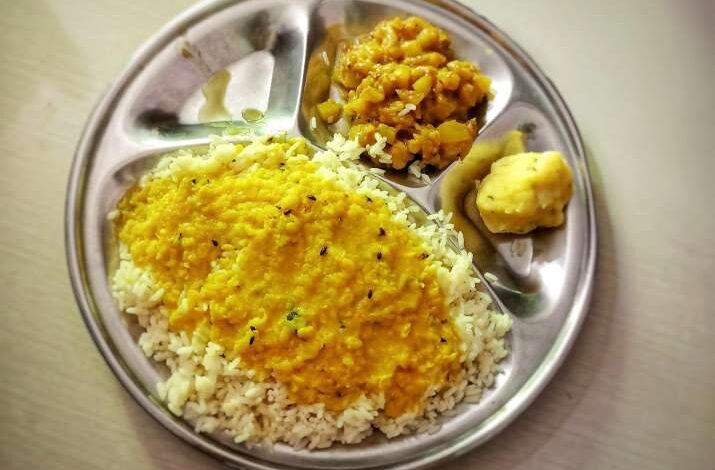Double attack of inflation on common people, now disaster on eating lentils and rice

Stubborn Inflation is not ready to give up. She can’t stop raising her head every now and then. Sometimes oil and sometimes vegetable prices reach the sky. Due to this, after Corona, the reduced earnings and increased inflation are working to increase the double burden on the common man. Now once again the inflation of rice and pulses is working to spoil the budget for the common people. The prices of rice and pulses have increased sharply in the last two months. In such a situation, the government needs to take steps to reduce the price of both these essential food items.
The price of pulses rose sharply
There has been a sharp increase in the prices of all the major pulses in the country. The prices of Arhar Dal and Urad Dal have increased by more than 15% in the last 6 weeks. The ex-mill price of good quality tur dal has increased from around Rs 97 to Rs 115 per kg in Latur, Maharashtra. Along with this, the price of urad, chana dal, moong dal has also registered an increase. Experts say that the biggest reason for the increase in the price of pulses is the possibility of crop loss due to water logging. Along with this, there has been a decline in the area under pulses in the current Kharif season. According to the latest sowing data released by the Agriculture Ministry, the area under tur was 4.6% less than a year ago, while urad is down by 2%.
Rice became costlier by 30%
Rice prices have risen sharply in about two months. Rice has become costlier by about 30 per cent in June-July. The price of Basmati rice has increased from Rs 60 per kg to Rs 80 per kg. At the same time, there has been a jump in the prices of crumbled Basmati rice. Piece basmati rice is being sold at Rs 40 per kg instead of Rs 30 per kg. There has been a sharp increase in the price of good rice from the goods category.
Paddy area down by 13% so far
Paddy sowing has been badly affected due to less rainfall. In such a situation, till August 5 in the current kharif season, the area under paddy sowing has decreased by 13 percent in states like West Bengal, Jharkhand, Bihar and Chhattisgarh. According to the Agriculture Ministry data, the area under paddy stood at 274.30 lakh hectare on August 5 as against 314.14 lakh hectare in the same period a year ago. The area sown along with pulses other than paddy has come down marginally to 116.45 lakh hectare from 119.43 lakh hectare. However, the area under coarse cereals, oilseeds, cotton, sugarcane, jute and mesta remained high.
Latest Business News
function loadFacebookScript(){
!function (f, b, e, v, n, t, s) {
if (f.fbq)
return;
n = f.fbq = function () {
n.callMethod ? n.callMethod.apply(n, arguments) : n.queue.push(arguments);
};
if (!f._fbq)
f._fbq = n;
n.push = n;
n.loaded = !0;
n.version = ‘2.0’;
n.queue = [];
t = b.createElement(e);
t.async = !0;
t.src = v;
s = b.getElementsByTagName(e)[0];
s.parentNode.insertBefore(t, s);
}(window, document, ‘script’, ‘//connect.facebook.net/en_US/fbevents.js’);
fbq(‘init’, ‘1684841475119151’);
fbq(‘track’, “PageView”);
}
window.addEventListener(‘load’, (event) => {
setTimeout(function(){
loadFacebookScript();
}, 7000);
});
,






